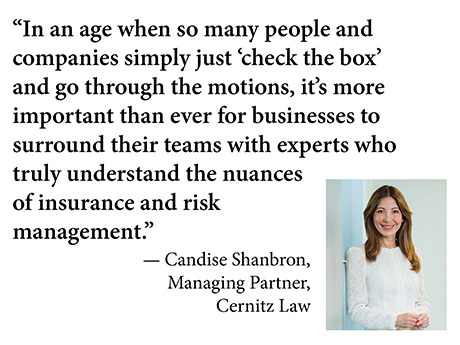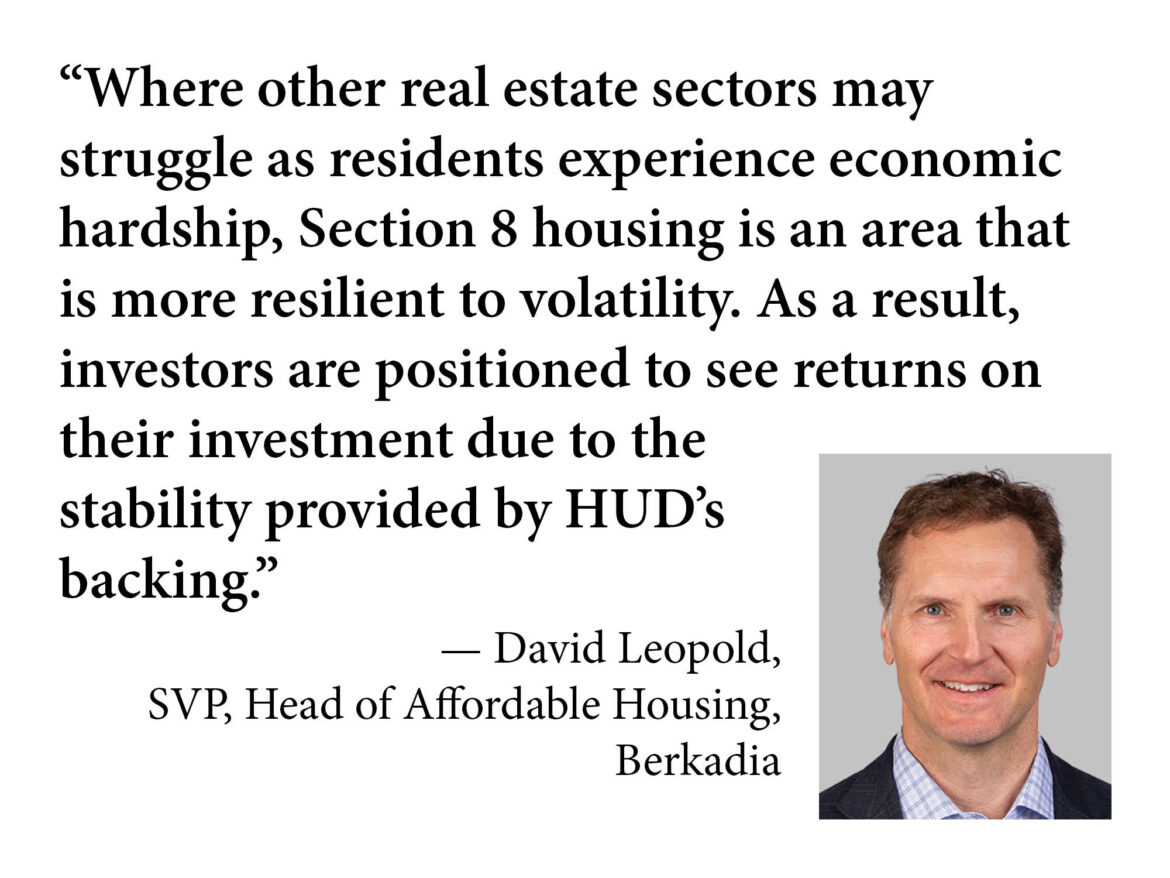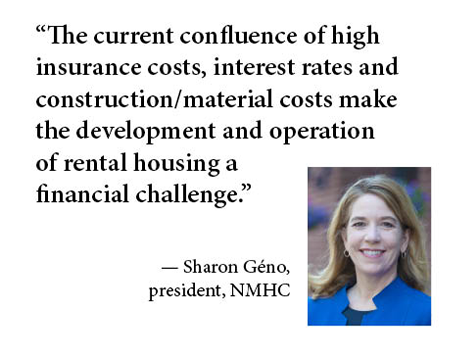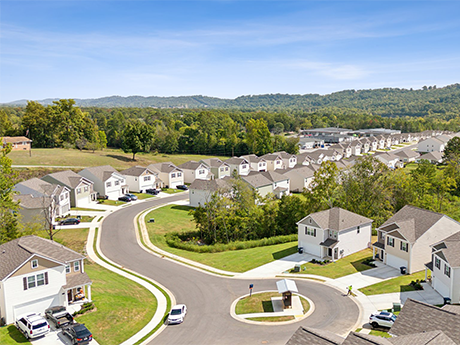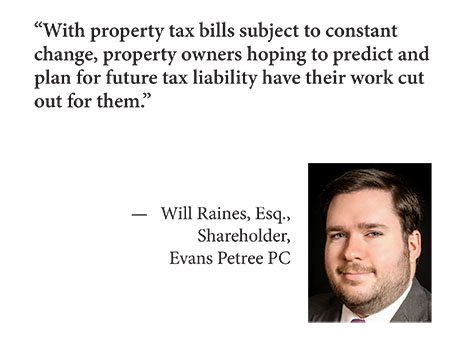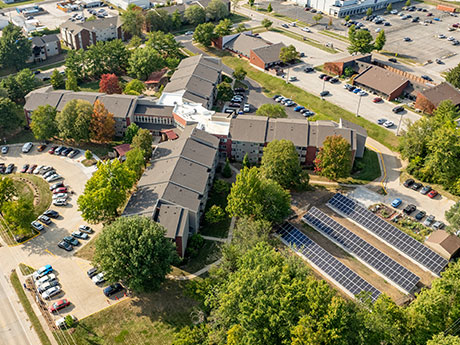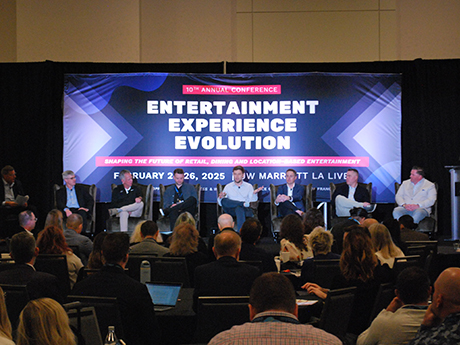By Candise Shanbron, Esq., managing partner at Cernitz Law No matter where owners of commercial properties stand politically or how they feel about issues like climate change, one undeniable fact is that natural disasters are becoming increasingly common. In high-risk geographical areas, such as coastal regions and areas that are prone to wildfires, hurricanes, tornadoes and floods, these disasters are happening with greater frequency and intensity. As these events grow more widespread, the conversation surrounding commercial property insurance and risk mitigation has become a central issue. Whether it’s a single building or a large portfolio, understanding the evolving landscape of risk and property management and insurance is important for owners’ long-term success. Although not related to a natural disaster, it’s worth noting that in the aftermath of the 2021 Champlain Towers South condominium collapse in Surfside, Fla., the state quickly imposed stricter recertification guidelines, such as a 30-year inspection mandate (dictated by the county), with follow-up inspections on shorter time frames. This new mandate has placed an unexpected financial burden on individual condo owners, who now face hefty assessments they did not anticipate when they first purchased their units. Across high-risk markets like Florida, California and other disaster-prone regions, property …
Features
By Faizan Zaidi, director of design technology, Spectorgroup As the commercial real estate market cycles through periods of challenge, savvy owners and investors can leverage advanced technologies to position themselves for growth and mitigate future risks. Commercial real estate services giant CBRE is predicting a moderate recovery in investment activity throughout 2025, following a near 50 percent drop in office sector valuations in April of 2024, according to data from California-based management firm A Street Partners. As such, the volatility of today’s landscape underscores the importance of long-term strategic planning to navigate shifting market conditions, mitigate risk and position assets for growth. Today, major advances in technology are helping to streamline project timelines while enhancing decision-making, thus equipping decision-makers with the tools to navigate the ever-evolving building landscape more effectively. With regard to project deliveries over the past decade, the industry has seen a major shift in key areas of focus. Whereas firms and clients alike were previously concerned primarily with speed of execution and the delivery of the final product, collaborators today are asking how projects are delivered, emphasizing cost-efficiency and the use of proper digital tools. As clients become more discerning, firms must adapt and incorporate more advanced …
By David Leopold, SVP, Head of Affordable Housing, Berkadia In today’s shifting real estate landscape, investors increasingly prioritize stability and long-term value. One sector that has consistently demonstrated stability is affordable housing — particularly Section 8 properties backed by the U.S. Department of Housing and Urban Development (HUD). With guaranteed rental income and high demand, Section 8 housing has become an attractive investment vehicle for those looking to diversify their portfolios while contributing to the critical need for affordable housing. As part of this trend, in 2024 Berkadia financed $837 million and sold more than $172 million in Section 8 properties, including the sale and financing of Lauderhill Point, a Section 8 affordable housing community in Fort Lauderdale, Fla. This arrangement underpins the firm’s affordable housing expertise, employing production leaders with an average of 25 years in the sector. For investors exploring opportunities in affordable housing, success depends on understanding the unique benefits and requirements of Section 8 properties. Section 8 Housing as a Safe Haven The largest federal subsidized housing program in the United States, project-based Section 8 provides financial assistance to millions of households across the country, making it a steady source of demand that can give …
WASHINGTON, D.C. — Rising insurance costs are standing in the way of building more affordable housing. According to a survey from the National Multifamily Housing Council (NMHC), about 77 percent of owner/developer firms reported rate increases of up to 20 percent or more compared with 2023 costs. NMHC’s 2024 State of Multifamily Risk Report attributes the high costs to a variety of factors, including increased cost valuation, limited capacity within the reinsurance market, shrinking underwriting capacity and restricted availability of guaranteed cost/zero deductible programs. Previous NMHC research, such as the 2023 State of Multifamily Risk Report, indicated that supply chain issues and high inflation led to higher construction and replacement costs. As insurance costs rise, insurance companies increase the minimum amount a property must earn in revenue to remain financially viable. These costs can be especially detrimental to affordable housing providers who develop rate-capped units. However, while insurance rates remain significantly elevated compared with historical norms, the report also found that there was some stabilization in the property insurance market in 2024. Last year marked the first decline in rates since 2017, after 27 consecutive quarters of growth. The report attributes this temporary stability to increased capacity and competition in the property insurance …
Late last summer, optimism ran steady across the multifamily investment sales market. Prior to the Federal Reserve’s initial rate cut in September 2024, interest rates had remained stable throughout the year. The outlook was positive. But that more ebullient market proved temporary. The Fed’s interest rate cut had a positive effect on the secured overnight financing rate (SOFR), which fell from 5.3 percent on Sept. 18, 2024, to 4.3 percent in early February 2025. The U.S. 10-year Treasury yield rose during the same period. On Sept. 18, 2024, the 10-year yield closed at approximately 3.7 percent, and it stands at 4.5 percent as of Feb. 17. As a result of these factors, a bid-ask spread between apartment buyers and sellers has re-emerged, and transactions largely continue to follow the lackluster pace emblematic of the market since the cost of capital skyrocketed over a roughly 18-month period beginning in early 2022. The lack of sales has also suppressed the plans of property investors who want to take advantage of Section 1031 of the U.S. Internal Revenue Code. The provision allows sellers to defer paying capital gains taxes by using the sales proceeds to buy a similar, or “like-kind,” asset. But upon …
AcquisitionsDevelopmentFeaturesHeartland Feature ArchiveIllinoisLeasing ActivityMidwestRestaurantRetail
JLL: U.S. Retail Sector Remains Optimistic as Market Conditions Shift
by John Nelson
CHICAGO — Retail closures are at a cyclical high, totaling a whopping 9,900 business shutdowns in 2024, according to JLL’s fourth-quarter 2024 retail report entitled “United States Retail Market Dynamics.” For the first time in several years, store closures outpaced store openings in a calendar year. Fabric and crafts retailer JOANN, who filed for Chapter 11 bankruptcy protection twice within a year, is shuttering all 800 stores, while major department store chain Macy’s will close 150 stores over the next three years, with 66 closures anticipated in 2025 alone. The highest number of store closures resulted from discount and dollar stores like Family Dollar, CVS Health and Big Lots, as well as specialty retailers like Party City. Retail closures are represented across different size brackets, with more than 55 percent of announced closures identifying with footprints ranging from 5,000 square feet to 20,000 square feet. Expanding retailers such as Dollar General, O’Reilly Automotive and Five Below align with these vacant boxes, while larger, major closures like Bed Bath & Beyond and Toys “R” Us occupy more “desirable” locations. On the flip side, between 2024 and 2025, there were roughly 7,700 new retail store openings announced. Nearly 3,000 of these openings …
By Will Raines, Esq. of Evans Petree PC Benjamin Franklin has been credited (dubiously) with the saying, “in this world nothing can be said to be certain, except death and taxes.” The Greek philosopher Heraclitus has been credited (also dubiously) with the saying, “the only constant in life is change.” To synthesize dubious quotes from two brilliant minds, “you will certainly have to pay taxes, and they will constantly change.” With property tax bills subject to constant change, property owners hoping to predict and plan for future tax liability have their work cut out for them. Here are the chief factors taxpayers should consider in tax planning: Track reassessments Governments base property taxes on two things: assessed value and tax rate. Both elements change on a regular basis, and it can be mind-boggling for taxpayers to stay on top of just exactly when and by how much their properties’ taxes will increase. Reappraisal systems vary. While most jurisdictions reappraise either annually or on a regular, multiyear cycle, some jurisdictions do not. Famously, California’s Proposition 13 requires reappraisal based on changes in ownership and other triggers, rather than on any regular cycle. A jurisdiction’s reappraisal history is no guarantee of its …
By Wilson Ding, Related Midwest The integration of sustainable features in affordable housing often comes with a perceived conflict: the expense of green technologies versus tight operating margins. However, innovative financing strategies and open dialogue with government agencies can bridge the gap, making sustainability more achievable for these projects. By their very nature, affordable housing developments tend to be very complex, often with a number of public and private stakeholders and a multifaceted capital stack. Securing additional resources for the implementation of sustainable technologies in both new and existing communities adds another layer of intricacy, contributing to the sector’s lag behind market-rate in this area. Yet while the installation of sustainable technologies may require a higher upfront investment of time and money, their ability to reduce ongoing expenses makes them a smart long-term strategy. Tax incentives, grants and other subsidies can also help make these projects feasible. Round Barn Manor My firm, Related Midwest, recently finished a $6.8 million renovation of Round Barn Manor, a 156-unit affordable seniors housing community in Champaign, Illinois. Completed in September 2024, the renovation was part of a broader $38.6 million recapitalization initiative carried out in collaboration with Related Affordable, our national affordable housing arm …
Gerald Divaris, chairman and CEO of Divaris Group of Companies and a panelist at last week’s Entertainment Experience Evolution (EEE) conference, produced by France Media’s Shopping Center Business and InterFace Conference Group, has a Shakespearean take on today’s retail environment. It’s that all the (retail) world’s a stage. “Retail is essentially entertainment,” he told a crowd of 500 attendees during the Leading Retail Landlords Panel at EEE, which was held Feb. 25-26 at the J.W. Marriott LA Live. “Otherwise, you’d be buying on Amazon.” Editor’s note: InterFace Conference Group, a division of France Media Inc., produces networking and educational conferences for commercial real estate executives. To sign up for email announcements about specific events, visit www.interfaceconferencegroup.com/subscribe. Divaris expanded upon this notion, citing that even supermarkets have entertaining “stations,” TJ Maxx provides the opportunity to treasure hunt and Barnes & Noble has made a major comeback by doing little more than allowing guests to thumb through books. Panel moderator Nick Egelanian, president of SiteWorks, noted much of the current retail experience can be divided into two categories, though it may not be an even split. There are the items consumers want to buy quickly and easily (and arguably cheaply) online, and …
By Taylor Williams Sometimes, you just know when it’s time. For all the number crunching, quantitative analysis and formulaic modeling that their job demands, commercial real estate lenders are harnessing the qualitative and intangible factors as they prepare to boost deal volume in 2025. Vibe, sentiment, intuition — call it what you want, but there’s an emerging sense within the commercial lending community that the new year holds strong opportunity to deploy capital and deliver financing solutions. And that’s great news for an industry that has spent the last two years wallowing in a sort of interest-rate purgatory. Recent reports from the CRE Finance Council (CREFC) and Mortgage Bankers Association (MBA) substantiate this notion. Earlier this year, CREFC released its Fourth-Quarter 2024 Board of Governors Sentiment Index survey results, which found that “while higher-for-longer interest rates remain the primary concern, the industry appears to be adapting to this new environment.” In addition, the report stated that “an overwhelming 95 percent of respondents expect CRE transaction volume to increase by at least 10 percent in 2025, suggesting growing confidence in market activity despite rate challenges.” The MBA released a statement on Feb. 10 that forecasts total commercial and multifamily mortgage lending …


